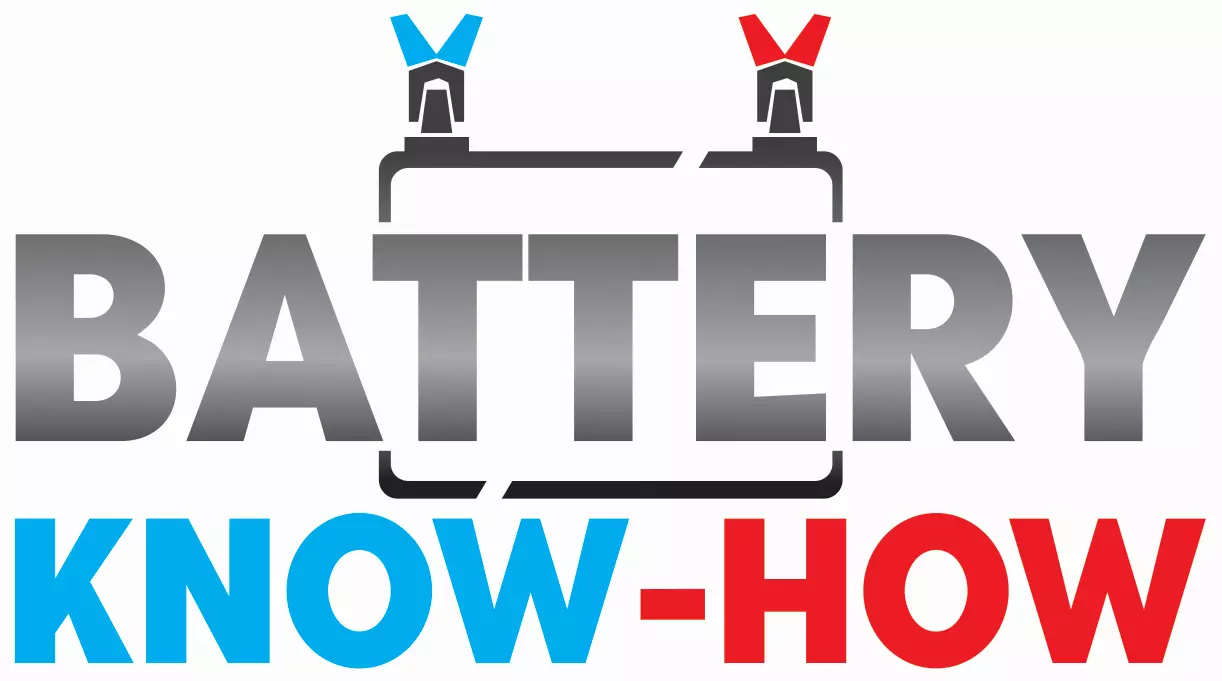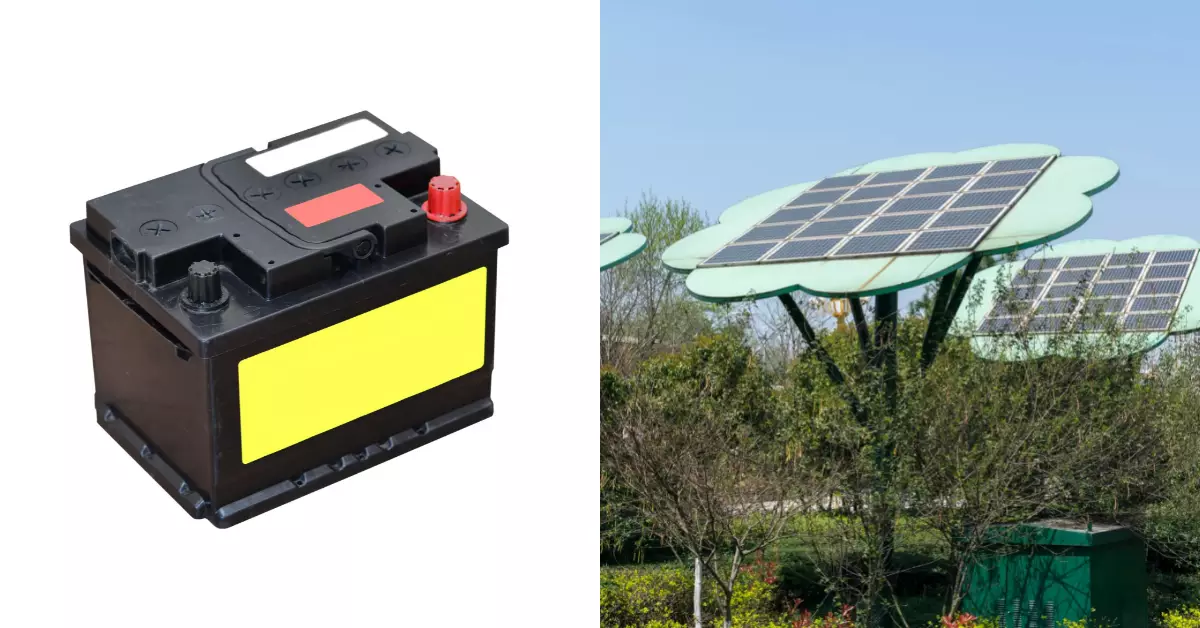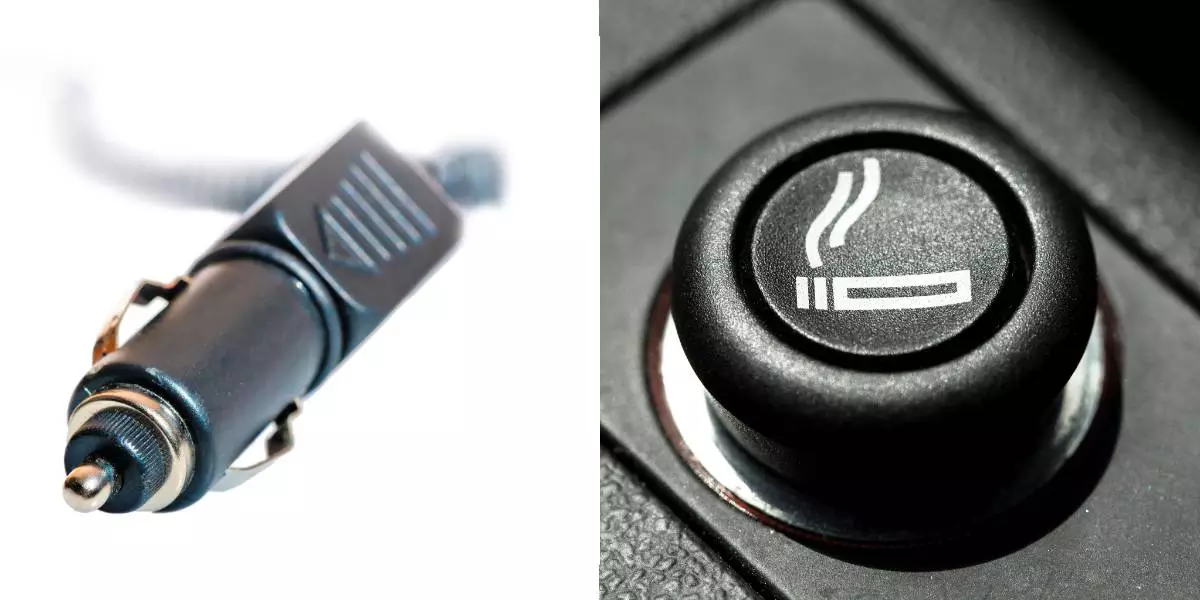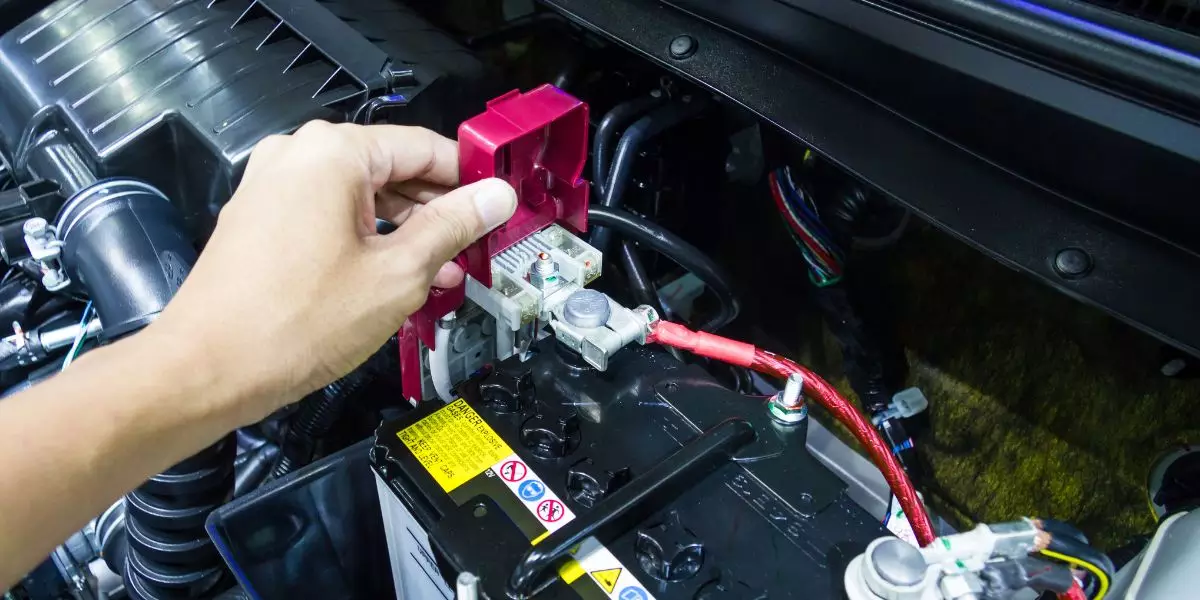The short answer is that you can, but you shouldn’t.
It sounds like a good idea at first, right?
The car battery seems awfully similar to deep-cycle batteries used in solar power systems, and most of them fit perfectly fine inside the solar power system.
However, attempting to use a car battery on such a system can have catastrophic consequences for both your solar power system and your pockets.
Batteries are a central piece of off-grid solar power systems, which means that taking good care of them is essential to increase the longevity of your power system and increase its cost-effectiveness while reducing the risk of accidents.
Just think about how much money it costs to get solar power batteries, and the idea of having battery issues or accidents can make anyone wince.
So, it’s only natural that you’d want to stay away from risky practices that may endanger your entire system.
So…
Why Don’t Car Batteries Work Well for Solar Systems?
Car batteries are made to quickly release a short burst of energy. They can discharge a third, or even more, of their energy in a matter of seconds.
This isn’t a problem when they’re used on a car, since a car only requires a lot of energy when the engine is starting (electric vehicles being an exception, of course)
But when it comes to a solar power system, things are a little different.
Because solar power systems batteries are made to provide a slow and stable energy output over a long period of time, which is the opposite of how car batteries work.
On top of that, traditional solar batteries can discharge up to 80% of stored electricity without big changes to the discharge rate. Car batteries can’t do this. Using a car battery that is 70% or more depleted of its power, you’ll likely have issues trying to recharge it, because they need an electrical impulse to recharge normally once they’ve been discharged above its limits.
A fully depleted car battery might never recharge ever again. Especially if it goes a long time without even attempting a recharge.
This is how many car batteries become unusable. When a car battery is put onto a car, the battery is recharged through the alternator as the car is accelerated. But if installed in a photovoltaic system, it will suffer premature wear and the photovoltaic system will start to collapse.
And that’s not all…
An even more pressing issue is that a photovoltaic system does not typically have just one, single battery.
Instead, it has multiple of them working in tandem.
What that means is that if a single car battery is installed in between the batteries that make up the system, it may end up damaging or spoiling the other batteries.
Furthermore, traditional solar system batteries, such as deep-cycle batteries, have very different characteristics from car batteries. Because of that, when multiple different batteries are connected together in series & parallel, some batteries will unload and recharge at different speeds than the other batteries. The result is that all the batteries will have a terrible performance and the entire battery system will be less effective, or worse, unusable.
The performance will be much worse than that of a traditional battery used for solar power systems. The batteries will provide much less power than they consumed when recharged, and may never be fully recharged, or may stop supplying energy before it’s even discharged half of its stored power.
As if that wasn’t bad enough, if you replace the car battery with a more traditional battery for solar power systems, the battery bench may still act like the car battery is still in use.
Then, you might be forced to replace every battery on the system.
This can mean thousands, if not millions, of dollars down the drain, depending on the size of your system.
It’s Like Sprinting vs Marathoning…
An easy analogy to understand the usage of car batteries in a solar power system is to imagine that the automotive batteries are the runners of a 100m race, meaning they run at full speed for a short time, and the traditional solar power system batteries are marathon runners who run at shorter average speeds, for a much longer period of time.
Both are designed for different jobs. Both have their strengths and weaknesses.
And if you put a 100m runner to compete in a marathon, it won’t perform nearly as well as a marathon-runner. The same is true for batteries.
And the final issue of using a car battery for solar is…
Harmful Emissions
Another important point we should consider is the emission of toxic gases by car batteries.
When car batteries are on cars, these vaporized gases are quickly dispersed because the battery is under the car’s hood, while in photovoltaic solar systems, the battery might always be close to the user/owner and may cause a wide range of problems.
Not to mention the impact that these can have on the environment.
If You HAD To Use a Car Battery…
Your best bet would be to the battery of an Electric Vehicle (EV).
The reason for this is quite simple: they work a lot more similar to deep-cycle batteries used in solar power systems, than traditional car batteries.
Just like deep-cycle batteries are created to work over long periods of time, and to go through multiple discharges over a long period of time, electric vehicle batteries are also intended to have continuous discharges over a long period of time, and many have warranties that can last for more than a decade.
Battery Types
So you now know the dangers of using a car battery for a solar power system.
Which then raises the next question: What type of battery should I use then?
Each type of battery has its own technology, characteristics, pros, and cons.
To find out which battery type is ideal for you, here’s an easy-to-understand description of the 4 main types of batteries that are used for solar power systems:
1. Lead Acid Batteries
Lead Acid Batteries are the bread and butter of solar energy systems.
This type of battery has been around longer than any of us have (since the 1800s!) and is still producing reliable results to this day.
Divided into flooded and sealed variants, lead-acid batteries tend to be the cheapest ones out in the market and highly reliable due to decades of usage of the technology, even before solar power systems were a thing.
On the downside, they do require a lot more maintenance and need to be charged more often than some of the alternatives.
They also tend to have short lifespans, between 5-10 years generally.
2. Lithium-Ion Battery
The lithium-ion battery is one of the most cutting-edge types of batteries out in the solar energy market and has dramatically increased in popularity over the last few years.
Opposite to Lead Acid Batteries, Lithium ones require almost zero routine maintenance, and they can also hold more energy with much less space.
They also tend to have long lifespans, with most having a 10+ year warranty.
As if all of that wasn’t enough, lithium batteries are also extremely safe, and the chance of the battery catching fire or any other accident is very small.
All of these benefits come with a downside though: a much bigger upfront cost than its competition.
But don’t be alarmed, since the bigger initial investment over pays off in spades over time.
3. Flow Batteries
The newest kid on the block, flow batteries tend to be quite expensive due to how new the technology is.
Conversely, however, their novelty does mean that you can expect significant developments to the technology over the next years – including better upfront costs and increased longevity.
The main advantages of flow batteries are that they don’t emit harmful emissions and have a long lifespan.
They do, however, have a low energy density, meaning that you need significantly more physical space to store enough energy.
4. Nickel Cadmiun Batteries
And finally, we come to nickel-cadmium (Ni-Cd) batteries. The least popular battery out of these four, but make no mistake, just because they’re popular doesn’t mean they don’t have their own strengths.
Ni-Cd batteries can withstand incredibly high temperatures and are highly durable. And just like lithium batteries, also require little maintenance.
On the other hand, however, Ni-Cd batteries are very detrimental to the environment, releasing toxic compounds with use, and can be hard to get rid of. As such, they’re even banned in some countries.
Conclusion
And with that, you now understand the dangers of using a car battery on your solar battery system, and what types of batteries you should use instead.
Even if it may be tempting to use a car battery in an emergency, it can end up costing you a lot more in the long term. And by understanding the different types of batteries for solar power systems in the market, you can pick the one that best fits your particular needs.




